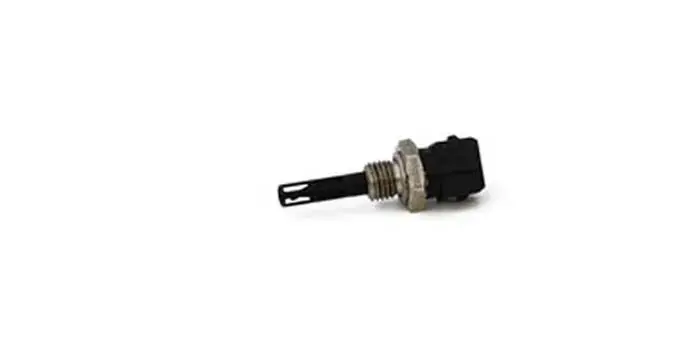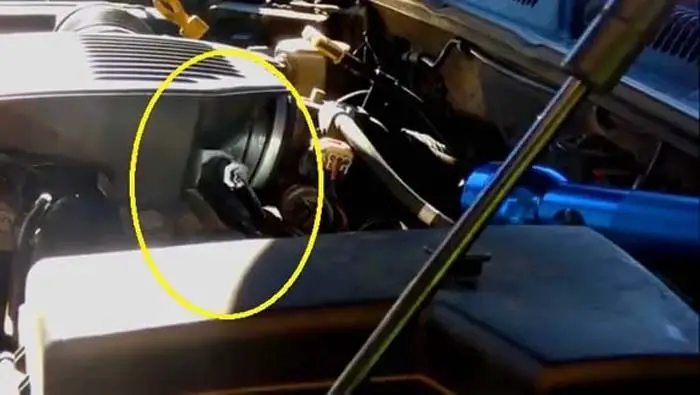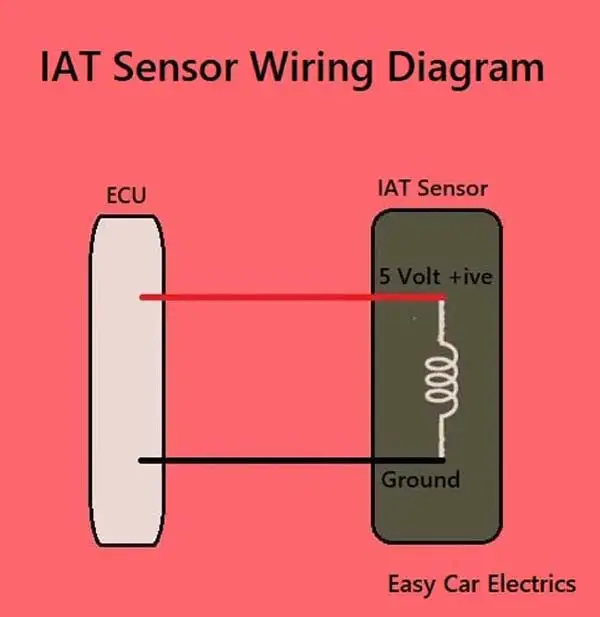
The Intake Air Temperature sensor or the IAT sensor is a part of the engine that is not talked about much but is one of the key components in the proper running of the car.
The function of the IAT sensor is to provide the temperature of the air that is entering the combustion chamber and send that recorded air temperature to the electronic control unit of the car.
Then, the ECU of the car decides the stoichiometric amount of fuel that must be injected into the combustion chamber to be mixed with the air in the proper ratio for combustion.
In this powerful article, we are going to discuss the Seven symptoms of bad intake air temperature sensors.
Related • Intake Air Temperature Sensor (IAT) Sensor, How It Works, & Function
Bad Intake Air Temperature Sensor Symptoms
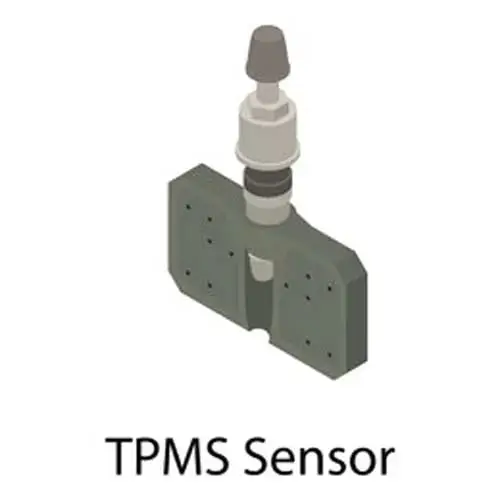
Over time, the intake air temperature sensor gets clogged due to dust and dirt, which can show several car symptoms. If any fault in the IAT sensor of your car arises, the combustion is severely affected, this, in turn, affects the proper running of your car.
You must look for the following signs to ensure that your car’s IAT sensor is working nicely. Below are the seven symptoms of intake air temperature sensors.
- Check Engine Light
- Bad Fuel Economy
- Difficult To Start In Cold Weather
- Decrease In The Acceleration Of The Car
- Engine Hesitation
- Car Misfires
- EGR Valve Issue
1. Check Engine Light:
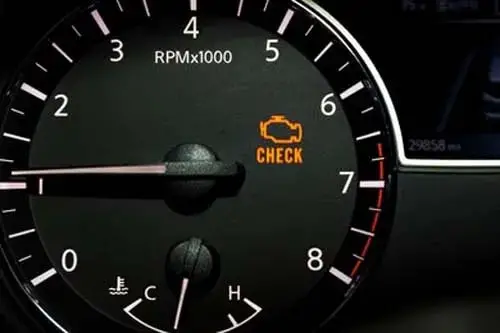
Check engine light is one of the most common symptoms of bad IAT sensors. The check engine light is located on the dashboard of the car. It lights up when the IAT sensor of the car is facing any issues.
All the sensors of the car are connected to the ECU of the car. If any of the sensors of the car fails, the check engine light on the dashboard of the car lights up. Then you have to check for the code to know which sensor of the car is not working properly.
2. Bad Fuel Economy:
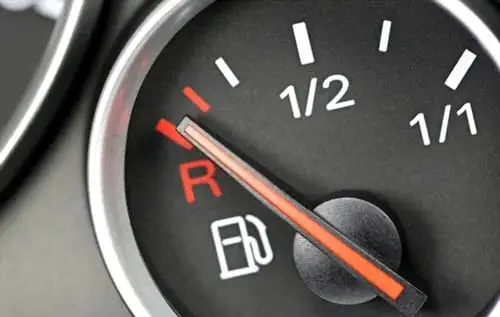
Bad fuel economy can also be a sign of bad intake air temperature sensor symptoms. The amount of fuel injected in the combustion chamber for efficient combustion relies heavily upon the temperature reading from the IAT sensor.
If the IAT sensor of the car is faulty, the fuel injected into the combustion chamber would be high, this would ultimately result in the poor fuel economy of the car.
Related Post:
3. Difficult To Start In Cold Weather:

Hard starting can also be a symptom of a bad IAT sensor. The starting of the car requires a correct stoichiometric amount of air-fuel ratio.
When the IAT sensor gets dirty, then the ECU of the car will not receive correct input data, and the injectors will inject a lower amount of fuel into the combustion chamber, resulting in the hard starting of the car. If the car faces any difficulty in getting started, then you must consult experts and have your IAT sensor checked.
4. Decrease In The Acceleration Of The Car:
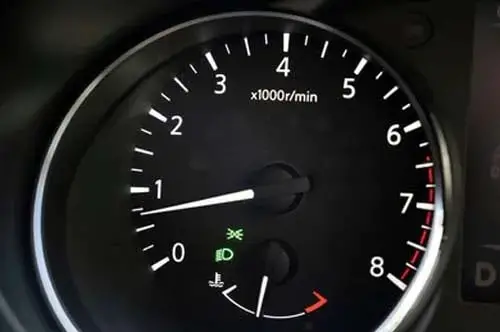
Slow acceleration is a symptom of bad intake air temperature sensors. Due to the faulty IAT sensor, the temperature sent to the ECU of the car will be incorrect. This incorrect temperature reading lets the ECU assume that the temperature is lower or higher than it actually is and injects the wrong amount of fuel.
5. Engine Hesitation:

Engine hesitation is also an intake air temperature sensor symptom. When the IAT sensor gets dirty, it will send a low signal to the car computer, as a result, the car computer will allow less fuel to the engine cylinder, and the car will produce less power and hesitate.
If you feel the car to be stumbling or have small hiccups like patterns, then the IAT sensor of the car might be failing.
6. Car Misfires:

Car misfiring can also be a symptom of bad intake air temperature sensors. When the IAT sensor gets faulty, it does not send correct input to the ECU, resulting in poor fuel injection, which causes a misfire.
When the combustion in the combustion chamber of the car happens under a wrong air-fuel mixture or the timing of the spark is mistimed, the car faces a misfiring condition.
As the car misfires, you will face sudden acceleration surges at times, while the other times, you will face turning the engine off frequently.
7. EGR Valve Issue

An EGR valve issue is also a symptom of a bad intake air temperature sensor. EGR stands for Exhaust Gas Recirculation; it is the valve, which sends back the exhaust gases to the engine for re-burning to have controlled emissions.
In certain cars, the exhaust gas recirculation valve or the EGR valve relies on the IAT sensor for its correct functioning. If the EGR valve of the car is not working properly and emitting more nitrogen oxides, then there might be a problem with your car’s IAT sensor.
FAQs
A bad air intake sensor can cause a misfire by affecting the air-fuel mixture. This can cause the engine to run lean, which can lead to a misfire. The engine may also run rich if the sensor is not functioning properly, which can also cause a misfire.
There is no definitive answer to this question as it depends on a number of factors, such as the type of IAT sensor, the environment in which it is used, and how often it is used. However, in general, IAT sensors tend to last for several years before needing to be replaced.
Related Post • Intake Air Temperature (IAT) Sensor Location: So Easy
• Expert’s Guide On P0113 Intake Air Temperature Sensor 1 Circuit High
Sign Up

